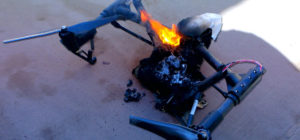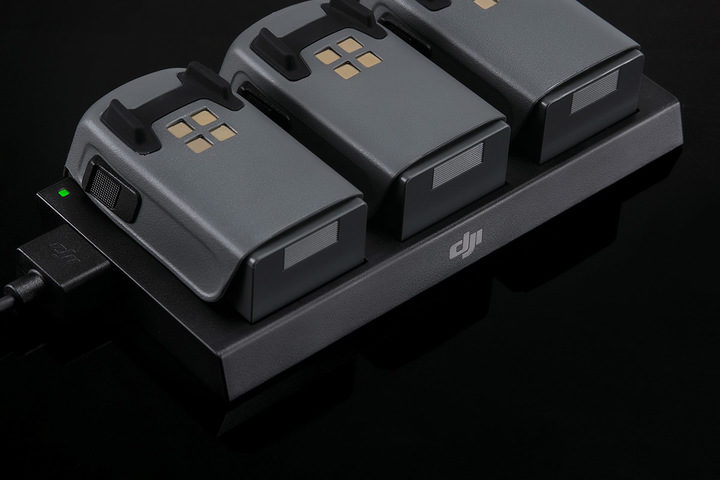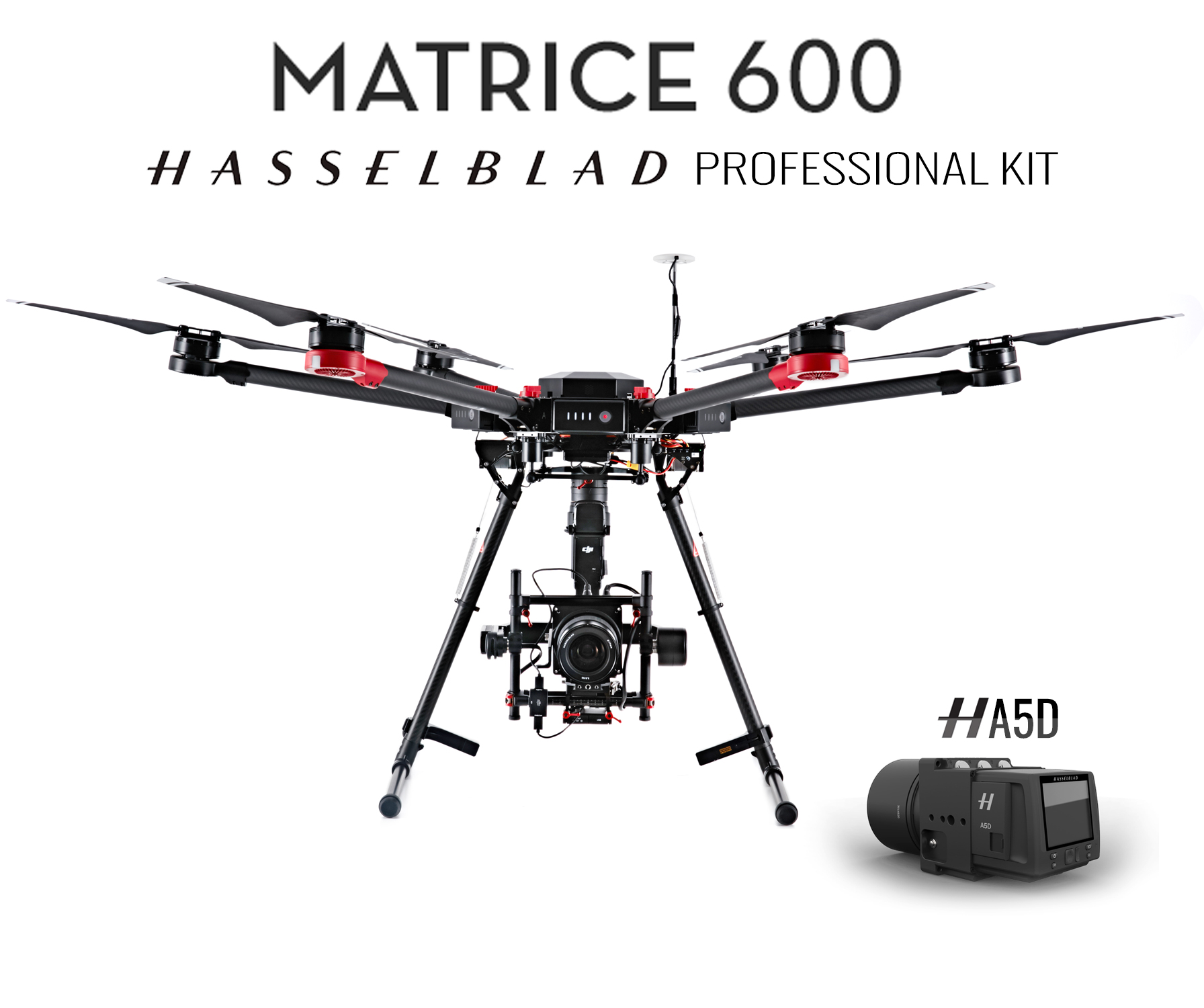Drone Batteries and You

Tools to Take Your Cinematography to the Next Level
August 7, 2018
Pre Order Mavic 2 Pro & Mavic 2 Zoom
August 22, 2018Drone batteries, historically, are a huge hassle to deal with. However, DJI has eliminated much of the frustration with the advent of the “Intelligent Flight Battery”. Dealing with voltages, external machines for reading levels, and strange connectors are a thing of the past.
The DJI Intelligent Flight Batteries have 4 LED indicators that can not only tell you the charge level of the device, but also any error codes. With these batteries, no more strange connectors or wires sticking out as its all internal and just needs to be inserted into the drone.
Battery Storage
While these batteries take care of a lot of the hassle we previously were exposed to, they are still LiPo batteries. Unlike your phone, which has boards built in to control the battery, leaving a battery fully charged or completely depleted is a bad practice with drones. Leaving a battery in either state for extended periods of time can damage cell life significantly. The Intelligent Flight Batteries have the ability to discharge themselves at a set rate, but should still be monitored and maintained by yourself.
We recommend storing your batteries between 15-30% in normal room temperatures. Forgetting batteries in your vehicle while the temperatures soar can cause bloating and possibly even ruptures. Same can go for leaving them in severe cold.
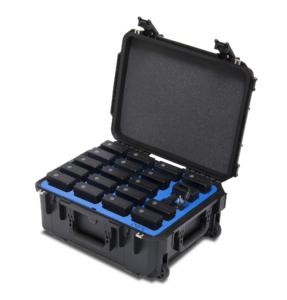
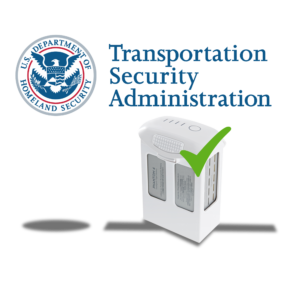
Flying With Batteries
While finding an article with the writing seems to be futile, we’ve been told to make sure drone batteries are discharged below 50% before bringing them on a plane. As a rule of thumb, the TSA allows batteries that you would normally carry on as checked luggage as long as they are installed and not loose, although they recommend bringing them as carry on so they can be monitored more easily and taken care of incase of a fire. It’s also recommended that you place your batteries in a LiPo bag to contain the situation should a battery rupture while at altitude.
More info on TSA policies can be found here.
Driving with Batteries
Traveling by road with drone batteries is by far the easiest way to travel with them, however there are a few things to take caution of when doing so. If you know you’ll be changing elevation dramatically (going from sea level to tops of mountains) having your batteries discharged to storage levels is ideal. If fully charged when doing so, we’ve noticed batteries may suffer bloating.
Secondly, managing the heat batteries are stored in is important. Leaving them in your vehicle for extended periods of time while in direct sunlight can also destroy your batteries. If you need to leave them in your vehicle and aren’t able to take them inside with you, try to cover them or block the sun, as well as keeping a few windows cracked as to let the building heat escape.

If you notice your batteries starting to bulge or bloat, consider them as your backups. If they are bloated significantly, look into the best place to recycle batteries in your area. The risk of using batteries that are deformed are significant. You could have a scenario as simple as the battery popping out of the drone mid-flight, having it lose power and fall from the sky. Risking a fire or explosion is also increased, and as you can imagine, an aircraft on fire isn’t safe nor recoverable.
